When two industry giants feel the squeeze from their biggest customer, sometimes the best defense is a strong offense. That is exactly what is playing out in the semiconductor world, where two major Apple suppliers are reportedly exploring a blockbuster merger that could reshape the iPhone supply chain.
Skyworks Solutions has been in advanced discussions to acquire longtime competitor Qorvo for about $10.6 billion, according to The Information. This potential deal would bring together two companies that collectively supply critical radio frequency components to Apple’s iPhone lineup, creating a formidable force in the RF chip industry. The timing is not coincidental, both companies have warned that sales to their biggest customer, Apple, have been weakening as competitors win more orders.
To put a number on it, the global RF semiconductor market was valued at roughly $30 billion in 2023. A merger of this size would be one of the year’s headline consolidation moves in that space. Classic response to pressure: if you cannot outduel rivals alone, join up and change the board.
Why this merger makes strategic sense right now
The proposed combination targets several immediate problems. The deal would enable Skyworks to strengthen pricing power at a moment when smartphone demand is slowing, while also reducing direct competition in a market where every percentage point matters. For context, Apple accounted for 63% of Skyworks’ revenue and 41% of Qorvo’s, a level of concentration that gives a single customer enormous influence.
The pairing also knits together complementary strengths. Skyworks designs and supplies RF chips used in smartphones, Wi‑Fi devices, and connected tech, while Qorvo serves smartphones and reaches into defense, aerospace, and wireless infrastructure. That mix could steady the combined company, trimming its exposure to the more volatile phone cycle.
Here is the kicker. Qorvo’s exposure to defense and aerospace, markets with longer product cycles and steadier demand, could be the buffer Skyworks needs. Both firms are feeling Apple’s supplier diversification push, yet a broader base across infrastructure and government contracts might soften the blow when the smartphone tide goes out. A hedge against the consumer electronics rollercoaster.
The Apple factor: protection through scale
From Apple’s vantage point, a merged Skyworks and Qorvo could promise deeper integration and larger volume commitments. There is a catch, though. Apple has been moving in the opposite direction, diversifying its supplier base and continuing to emphasize vertical integration.
Recent moves underline the tension. Skyworks expects a significant decline in revenue from Apple, as Apple shifts part of its RF component orders for the upcoming iPhone 17 series to other suppliers, with the company anticipating a 20-25% reduction in revenue from Apple. That is supplier diversification in action, even as it nudges suppliers toward consolidation to stay relevant.
The paradox is hard to miss. Apple wants redundancy to reduce risk for itself and for consumers who expect steady iPhone availability. Suppliers, facing smaller pieces of the pie, respond by combining, which can make the surviving players larger and tougher at the bargaining table. Apple’s decision to dual source RF components for the iPhone 17, bringing in competitors like Broadcom alongside Skyworks, shows how this playbook works in practice.
Market pressures driving consolidation
The RF and handset backdrop has been getting heavier. Mizuho’s Rakesh attributed his downbeat opinion to a tougher macro environment and limited stock-moving catalysts, while expecting 2026 iPhone unit shipments to decline 7% year over year. Mizuho also flagged China headwinds as subsidies fade into 2026.
The stocks tell a similar story. QRVO has fallen about 8% over the last 12 months, though it has bounced a bit. Skyworks has dropped 12.5% year to date. Pressure all around.
Here is the core problem for RF suppliers. In many developed markets, smartphone adoption is saturated, and people keep devices longer thanks to sturdier hardware and incremental upgrades. RF components sell with new phones, not as replacement parts. If an iPhone stays in a pocket for four years instead of two, the addressable market shrinks, fast.
China adds more friction. Both companies built meaningful exposure to Chinese phone makers and infrastructure. As subsidies fade and geopolitical risk clouds supply chains, that revenue line gets wobblier. A perfect storm that makes a merger not just attractive, but a viable survival strategy.
What happens next in this high-stakes game?
This path is not clear of hurdles. Neither company has confirmed terms, and industry watchers say regulatory review and integration hurdles remain. Given that the proposed transaction is reported at about $10.6 billion, placing it among the larger consolidation discussions in the semiconductor sector this year, expect close scrutiny.
Regulators have grown more cautious on semiconductor tie-ups, given supply chain security and geopolitics. Antitrust teams will weigh the benefits of a stronger, more diversified RF supplier against the risk of reduced competition in critical tech. Recent history suggests approvals of this size can take 12 to 18 months if there are no major objections.
Integration will be its own mountain. Two engineering cultures, overlapping roadmaps, big customers with exacting standards. Keeping Apple happy while stitching together product lines and operations requires sharp execution, especially with revenues under pressure.
For Apple, there is push and pull. A combined Skyworks Qorvo would offer broader RF and 5G portfolios, but it might reduce the pricing tension Apple gets from multiple bidders. Apple has long preferred at least two sources for key parts, a stance that paid off during global disruptions like COVID.
The real test is simple to say and hard to do. Can the merged company deliver innovations and efficiencies that outweigh the loss of head-to-head competition, for example, more integrated modules for Apple’s roadmap, credible steps toward 6G-ready designs, or cost structures that show true scale benefits?
PRO TIP: Watch Apple’s tone in upcoming supplier guidance and procurement updates. If it speeds up diversification or leans into alternative RF partners, that could signal concern about consolidation.
Bottom line, this potential merger is a live case study in how supplier ecosystems evolve when the anchor customer spreads its bets. As Apple reduces dependence on single vendors, those vendors look for strength in numbers to keep leverage and relevance. Whether this $8 billion swing pays off will hinge on execution, regulators, and Apple’s priorities. It is a high-stakes chess match between one of the world’s most powerful companies and its supply base, with billions of dollars and the future of iPhone technology in play, and the result could reshape how the tech industry thinks about supplier relationships and market concentration.







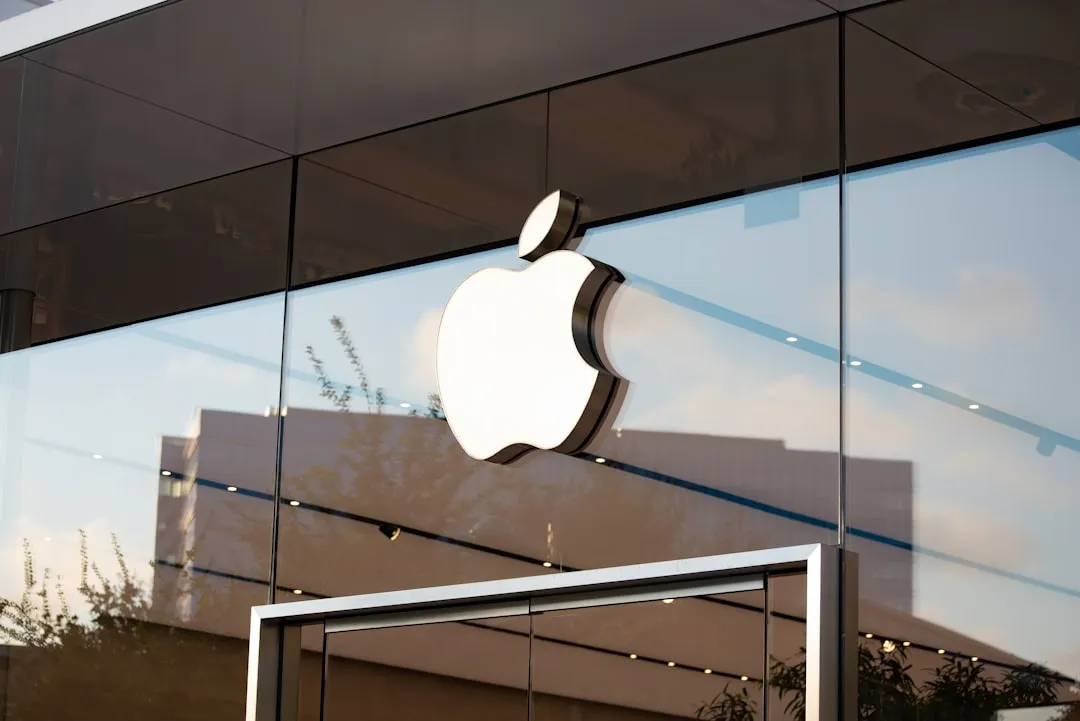
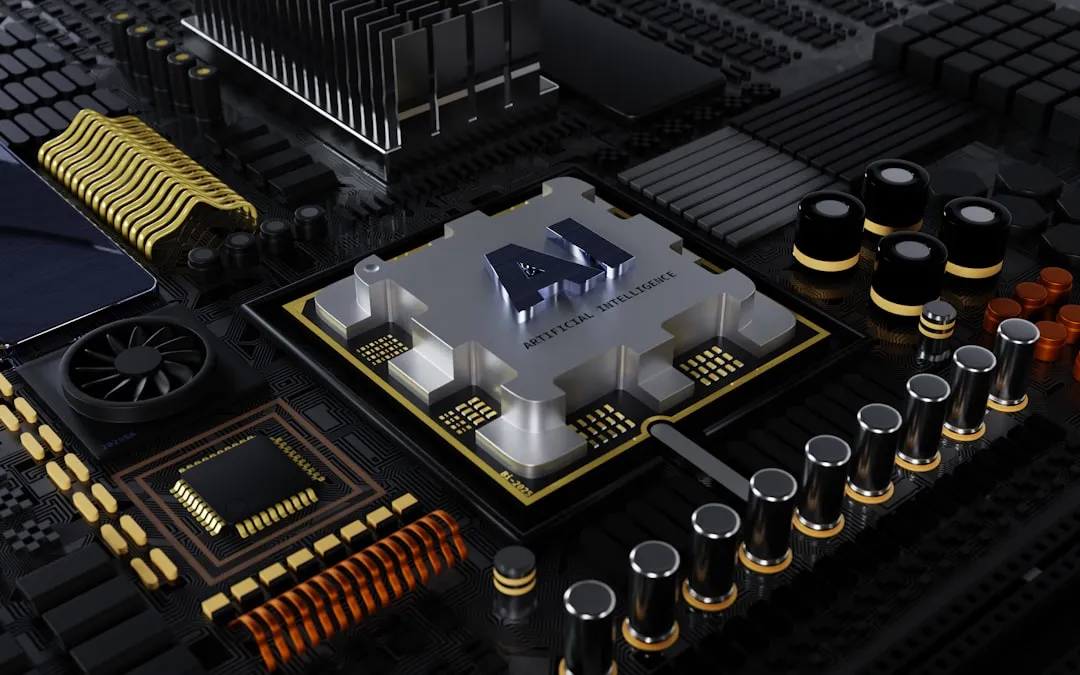
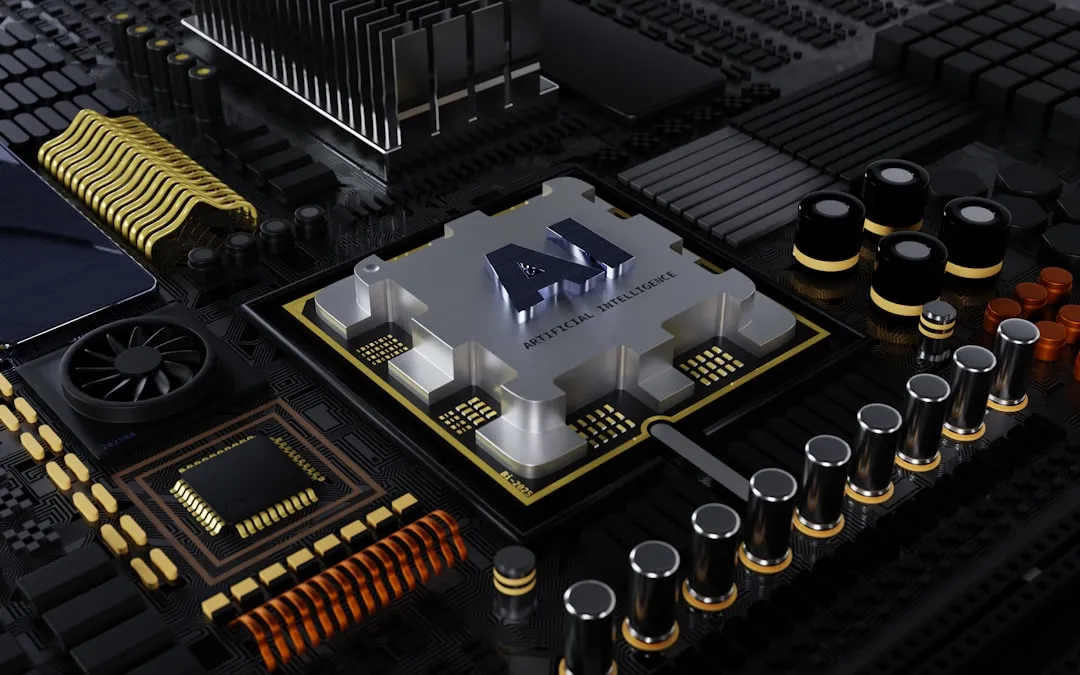
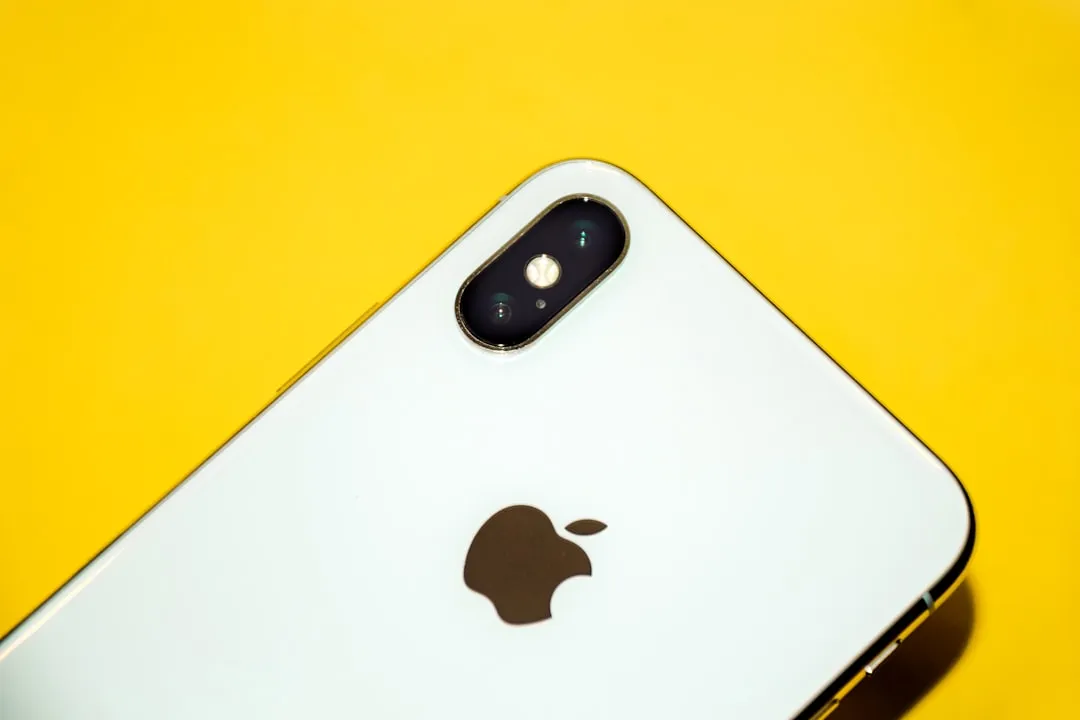

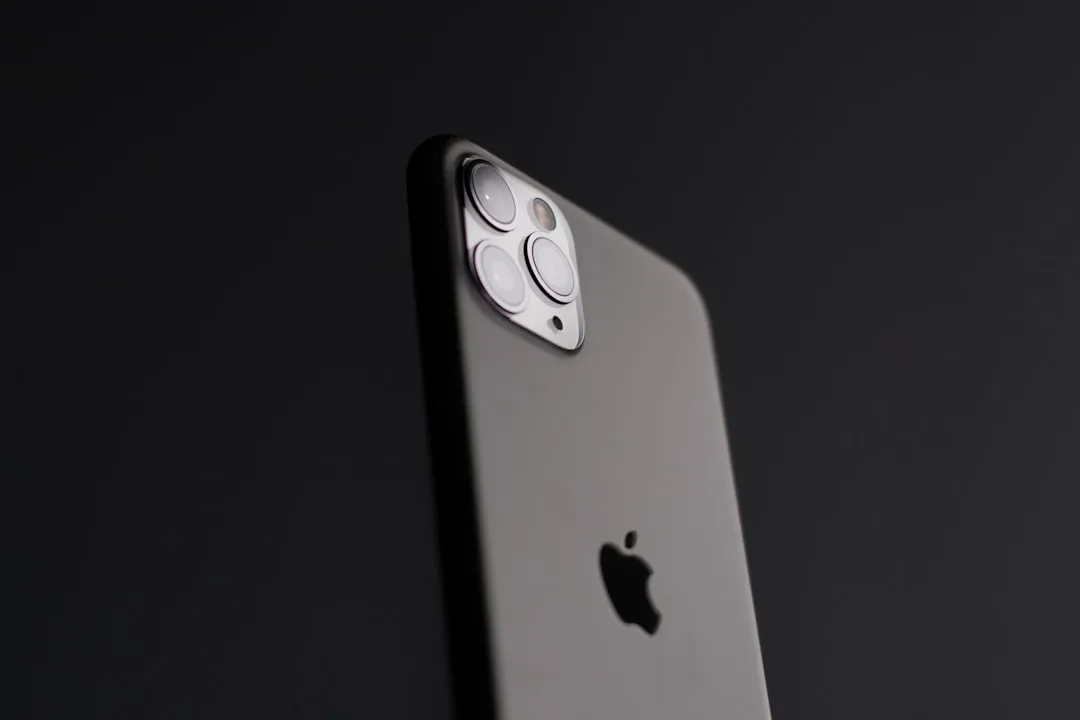


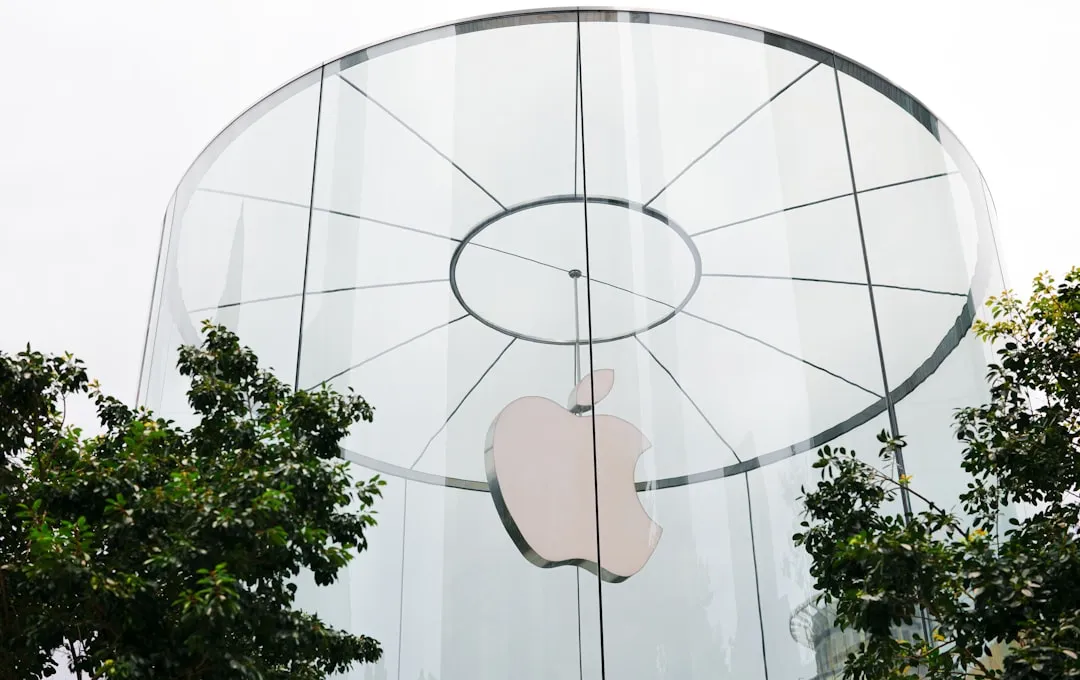
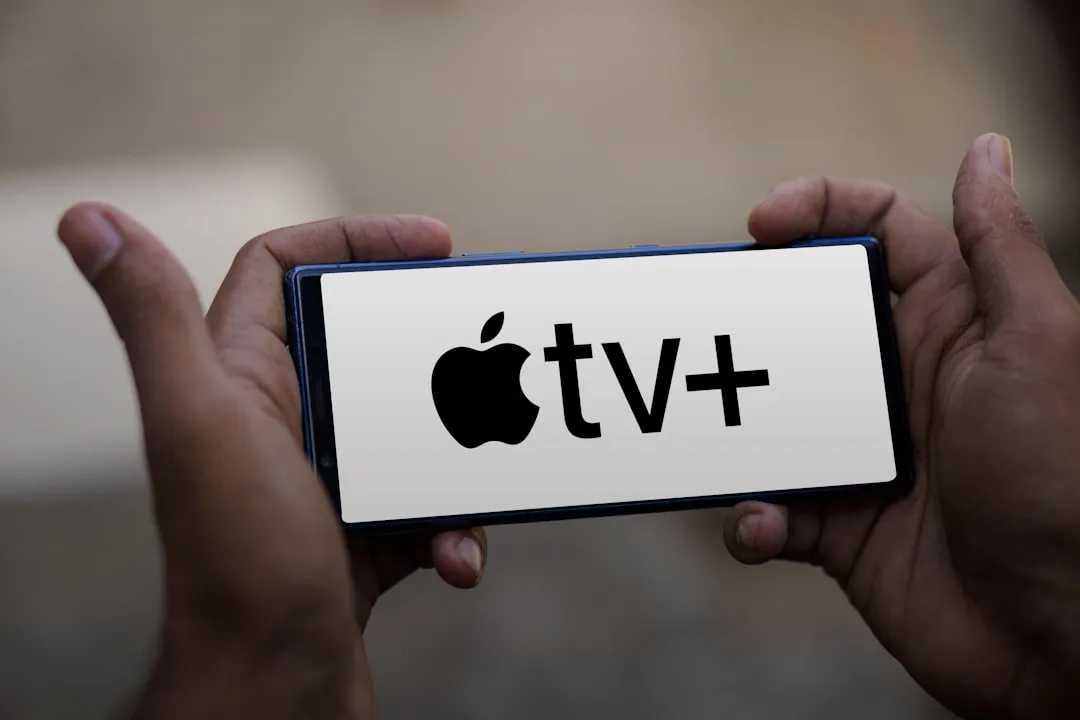
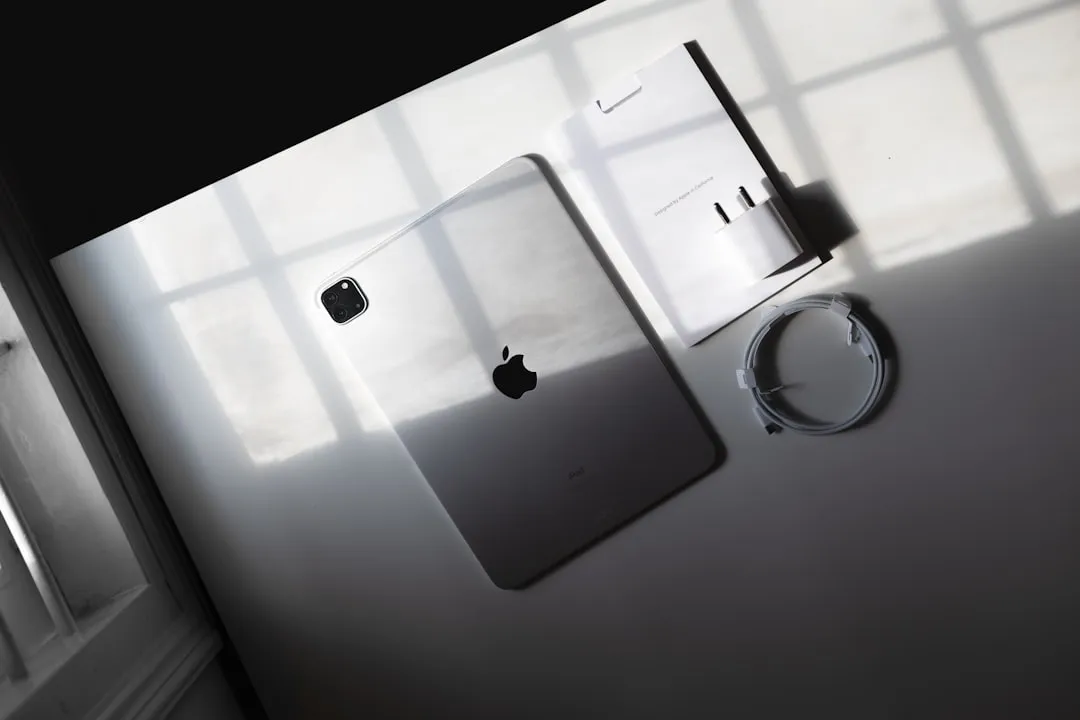
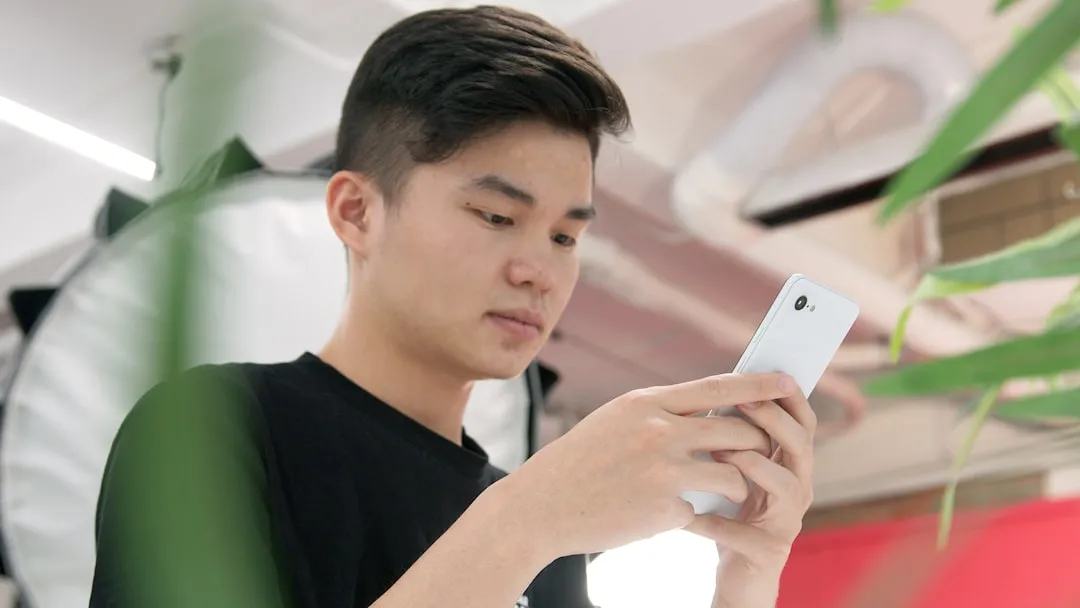
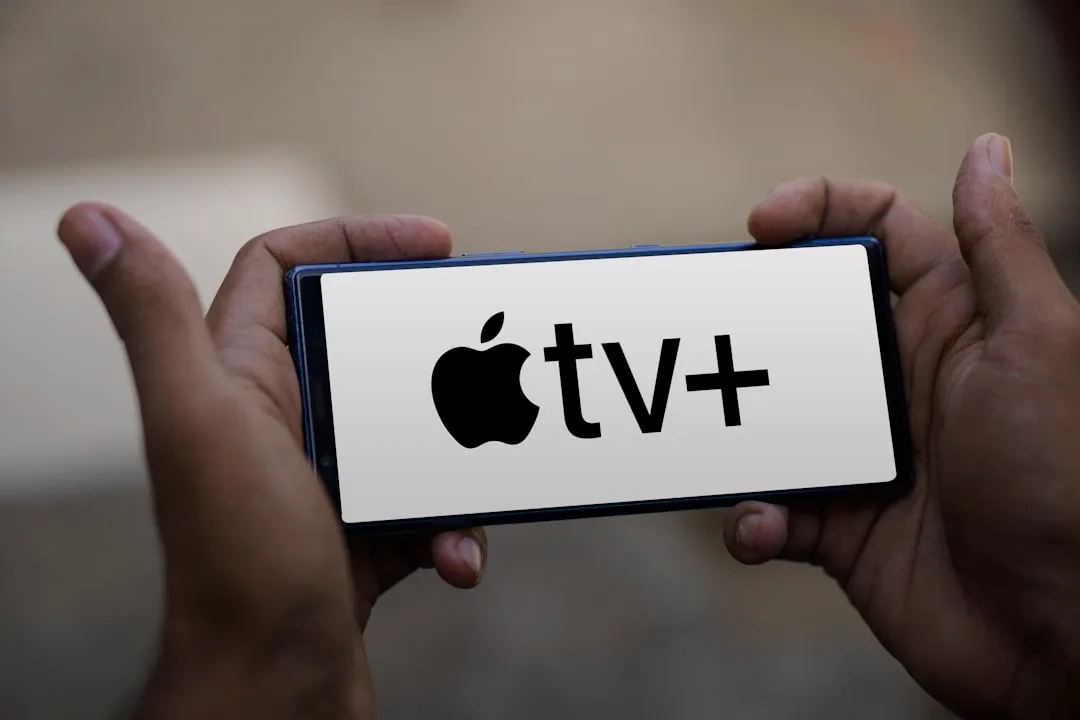

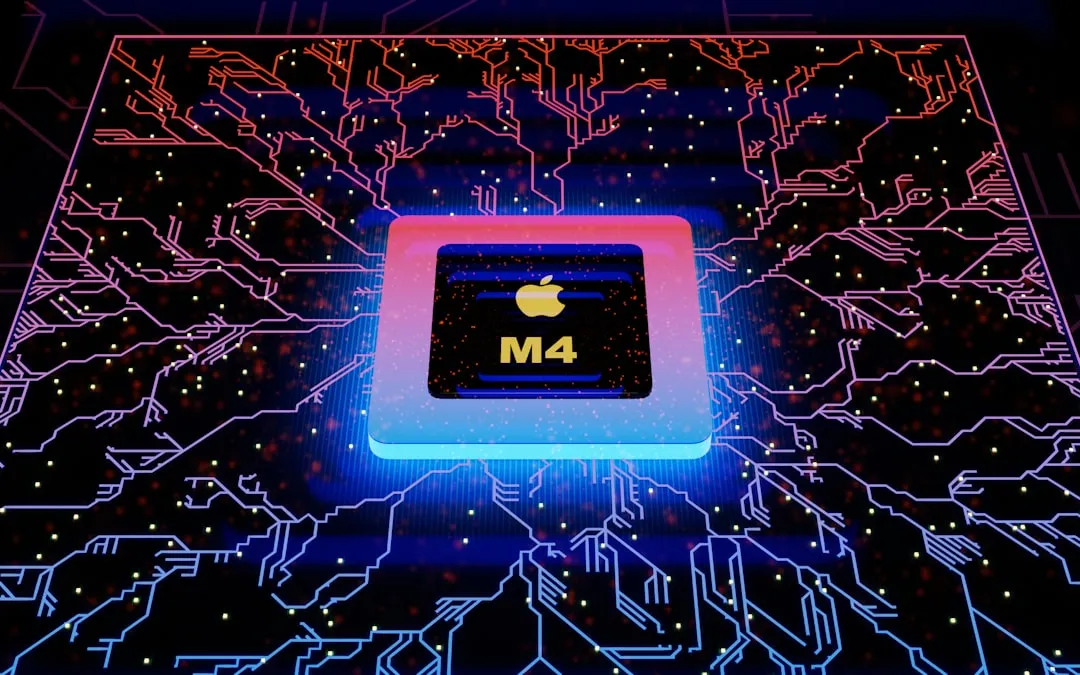
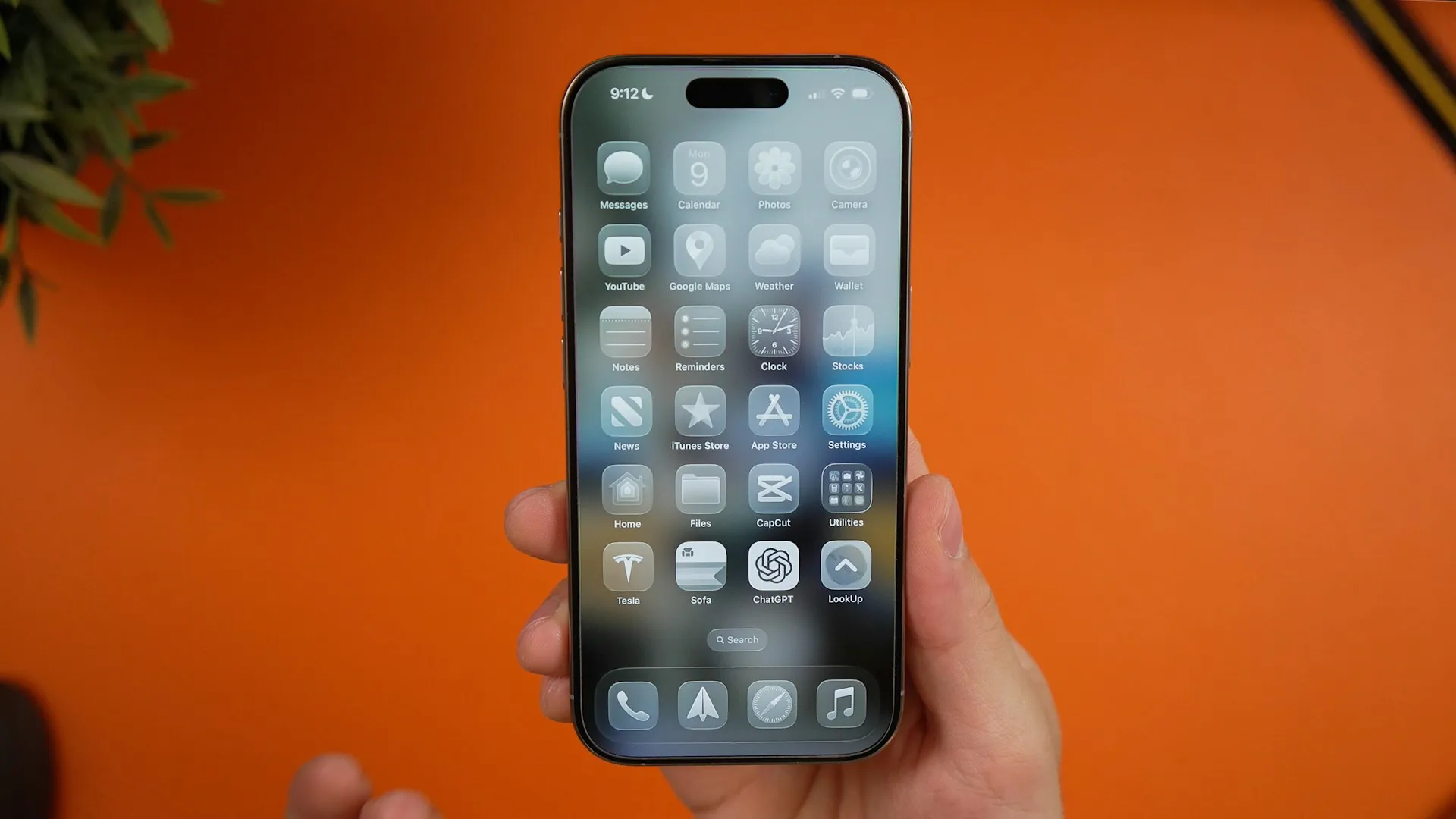

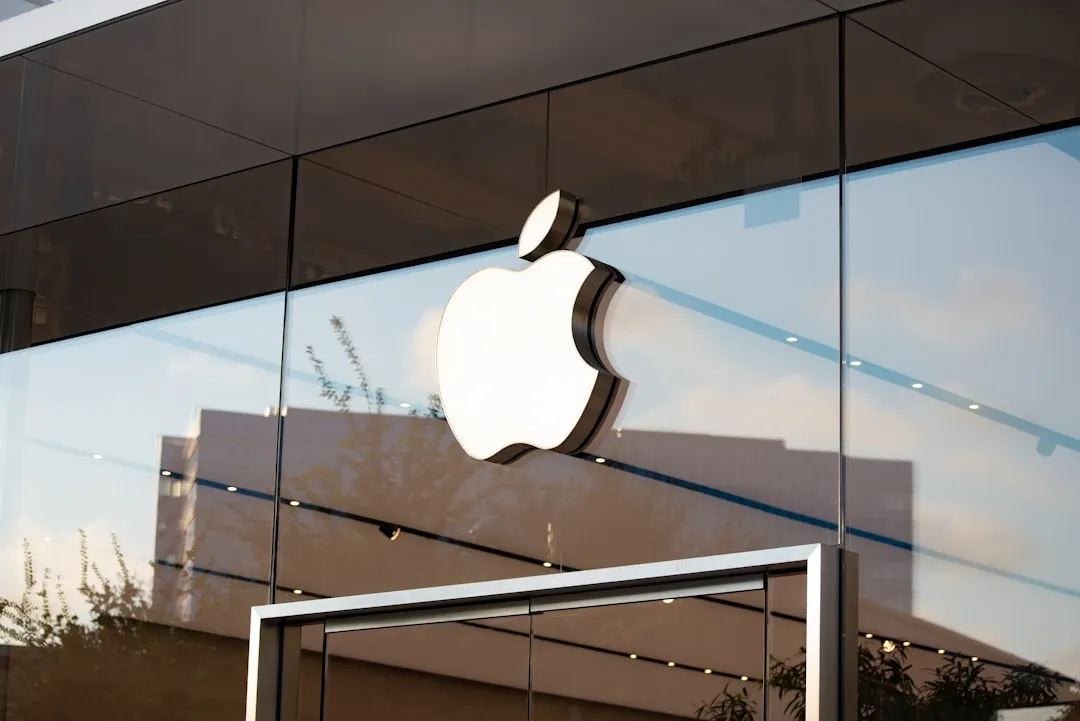



Comments
Be the first, drop a comment!